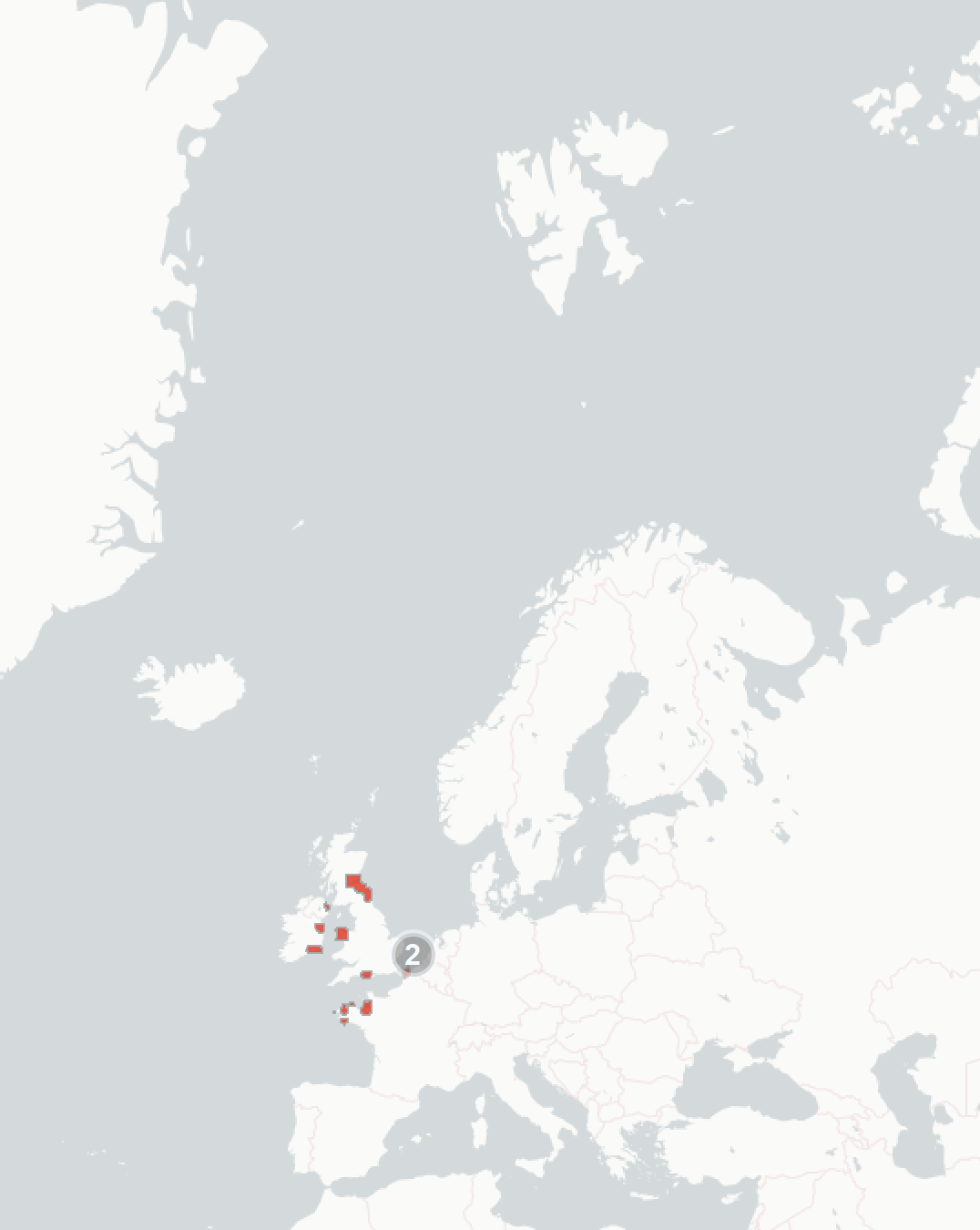Roseate Tern (Sterna dougallii): vulnerability to climate change
Evidence for exposure
Potential changes in breeding habitat suitability:
-
Current breeding area that is likely to become less suitable (100% of current range)
-
Current breeding area that is likely to remain suitable (0%)
-
Current breeding area that is likely to become more suitable (0%)
Current impacts to Roseate Terns attributed to climate change:
-
There are no impacts of climate change recorded for this species
Predicted changes in key prey species:
-
Key prey species are likely to decline in abundance in the English Channel
Sensitivity
-
Roseate terns have a small range in Europe, and many populations have historically gone extinct due to persecution, disturbance, or extreme climate events. Increased pressure from climate change is likely to increase risk of declines or local extinction.
-
Roseate terns are primarily surface feeders. If climate change results in prolonged stormy weather, or extended heatwaves drive prey species into deeper water, then it would likely result in terns struggling to forage effectively.
-
Roseate terns are specialist foragers, and prey on relatively few species compared to other terns. They may be particularly sensitive to changes in key prey species.
-
Many european Roseate terns winter off the coast of west Africa, where prey availability is linked to key upwelling systems. There is evidence that these upwellings may change or be disrupted by climate change. If this happens it is likely to have severe consequences on tern mortality, condition during the breeding season and timing of migration
-
Roseate terns only nest around other terns, in particular common terns, and rely on them for protection from more aggressive species. Any impacts to these other species is likely to have negative consequences for roseate terns.
Adaptive capacity
-
The eastern Atlantic Roseate Tern population is thought to be a closed population, so is unlikely to be supplemented by individuals from other colonies. Genetic diversity is unlikely to increase and may result in bottlenecks, possibly hampering recovery if climate change results in population decline.
